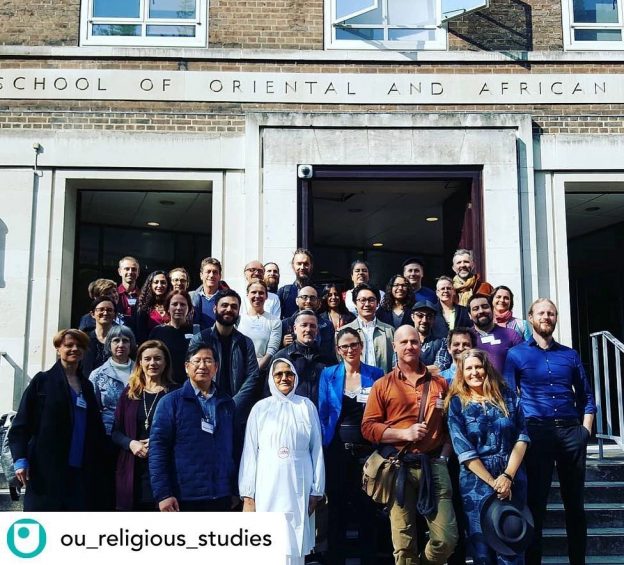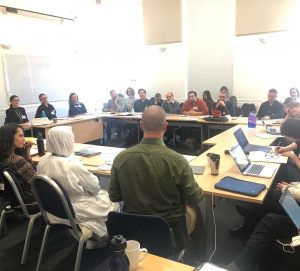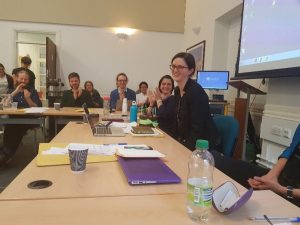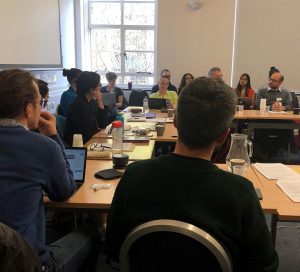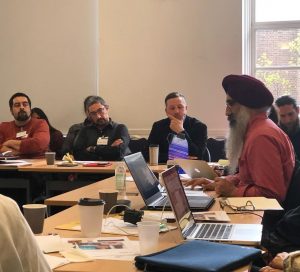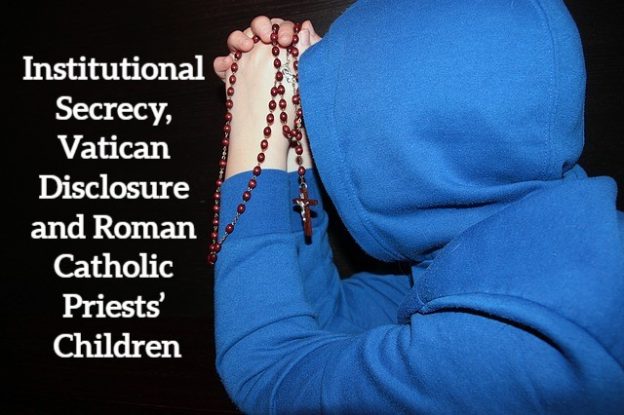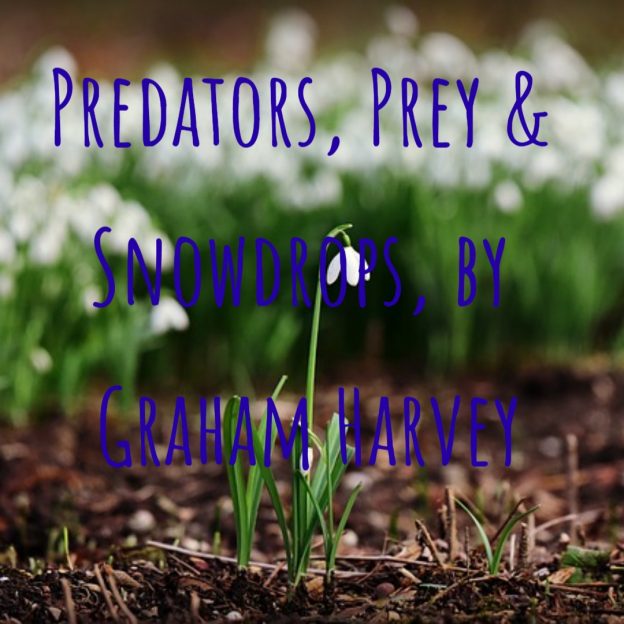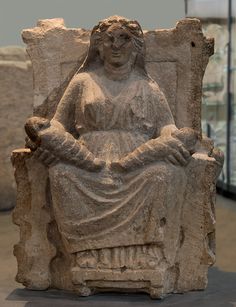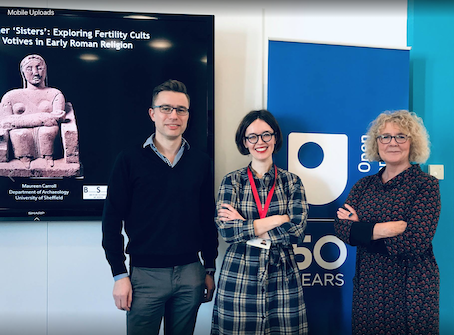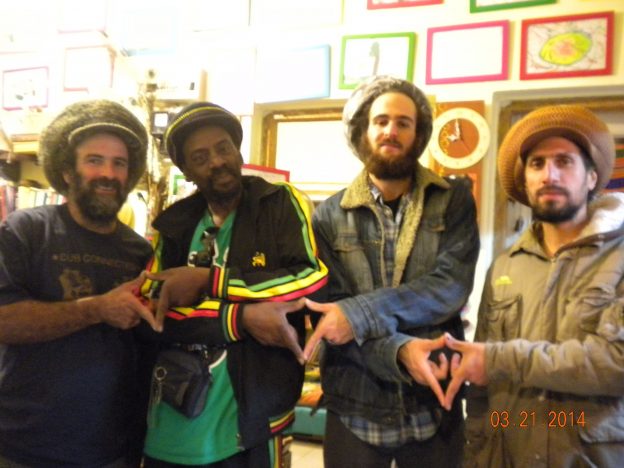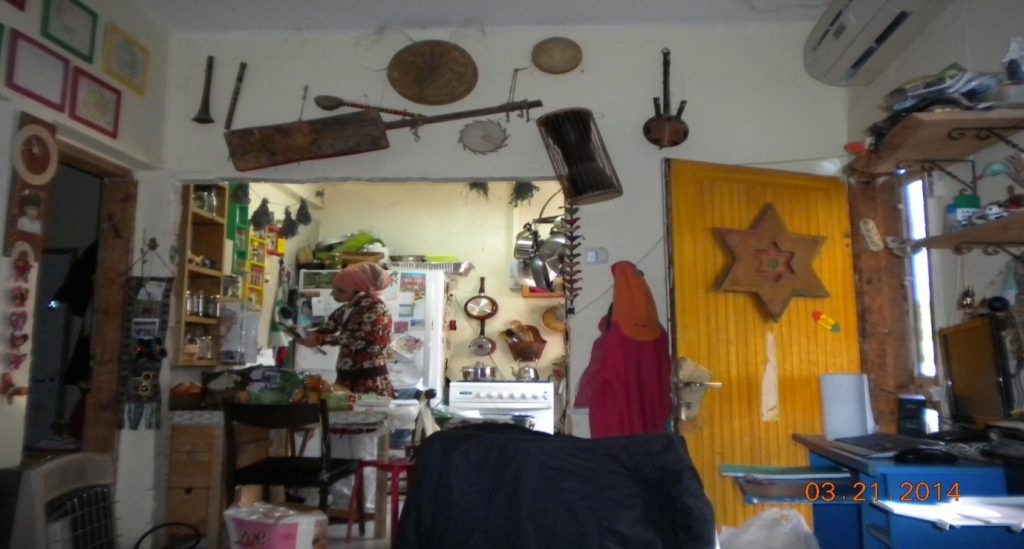By Theo Wildcroft
It’s a busy time for yoga scholars and writers at the moment. Next week sees the UK launch of independent scholar Matthew Remski’s new book: Practice and all is coming: abuse, cult dynamics, and healing in yoga and beyond, and last week saw the combination of two significant academic events: the SOAS Yoga Studies Week , and a two-day reading workshop for a future Routledge Handbook of Yoga and Meditation Studies, co-sponsored by SOAS and the Open University.
Sadly, it was a busy working week for me, so I missed much of the Yoga Studies Week, but it kicked off strongly with the Open University’s own Suzanne Newcombe and Karen O’Brien-Kop (SOAS), giving a lecture on new and interesting trends in yoga research. Apparently, my own research was highlighted, so I’m even sadder to have missed it! Other lectures I’d liked to have seen included Finnian Gerety (Brown University, USA), talking about sound and silence in yoga and meditation, Andrea Jain (Indiana University, USA) talking about yoga and neoliberalism, and Gudrun Bühnemann (University of Wisconsin-Madison, USA), whose work on yoga-related visual media is always fascinating.
Yoga Studies is a small but growing field, and highly interdisciplinary in nature, including Sanskritists and other philologists, Indologists, health scientists and the full range of arts, humanities, and social sciences found at your average Religious Studies conference! This means that Yoga Studies events are intellectually stimulating, but also a rare chance to hang out with friends one doesn’t see very often. The workshop was entitled Disciplines and Dialogue: The Future of Yoga and Meditation Studies. The aim of the Handbook’s editors, Suzanne Newcombe and Karen O-Brien-Kop again, was to take each draft chapter and discuss it in turn in live peer review. I haven’t worked on a proposed text like this before, and it was a thoughtful and thought-provoking experience. Each chapter had a reader, separate from any blind peer reviewer already assigned. The reader summarised the chapter so far, with suggestions and comments, the writer responded, and then the group as a whole discussed how the chapter might evolve, and how it might sit within the greater volume. As the workshop title suggested, it was also a chance to have wider discussions about the field and future possibilities.

